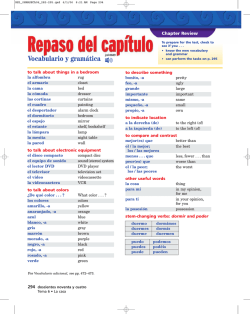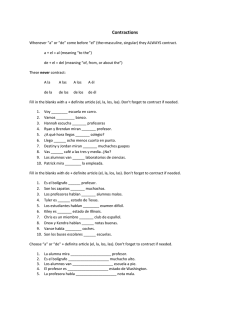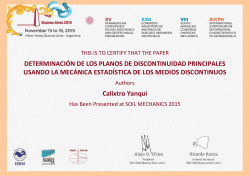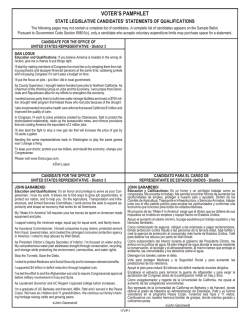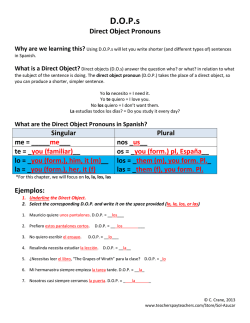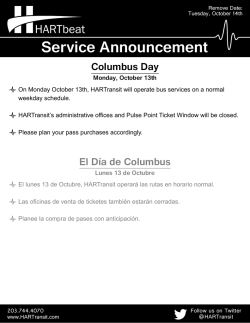
C.8 – Double Object pronouns I. Direct object
C.8 – Double Object pronouns I. Direct object pronouns: me nos te os lo, la los, las The direct object answers the question “what?” or “who?” Direct object pronouns are used to substitute for direct objects. John bought the pizza. John bought it. Juan compró la pizza. Juan la compró. John bought the chicken. John brought it. Juan compró el pollo . Juan lo compró. III. Indirect object pronouns: me nos te os le les The indirect object answers the question “to whom?” or “for whom?” Unlike English, Spanish requires the indirect object pronoun not only to substitute for the indirect object, but also when the indirect object is still present in the sentence. John bought the pizza for Betty. John bought the pizza for her. Juan le compró la pizza a Betty. Juan le compró la pizza. III. Double object pronouns (possible combinations) me lo (la, los, las) nos lo (la, los, las) te lo (la, los, las) os lo (la, los, las) se lo (la, los, las) se lo (la, los, las) The topic “Double object pronouns” refers to using direct and indirect object pronouns together. John bought the pizza for Betty. John bought it for her. Juan le compró la pizza a Betty. Juan se la compró. Practice : Rewrite the following sentence substituting both direct and indirect objects with pronouns: 1. Miguel le compra unas flores a su mamá. 2. Isabel le regala una camisa a su hermano. 3. El camarero nos trae las bebidas. 4. Mis padres me compraron los boletos. 5. Pepe les va a pedir el dinero a sus padres.
© Copyright 2025
